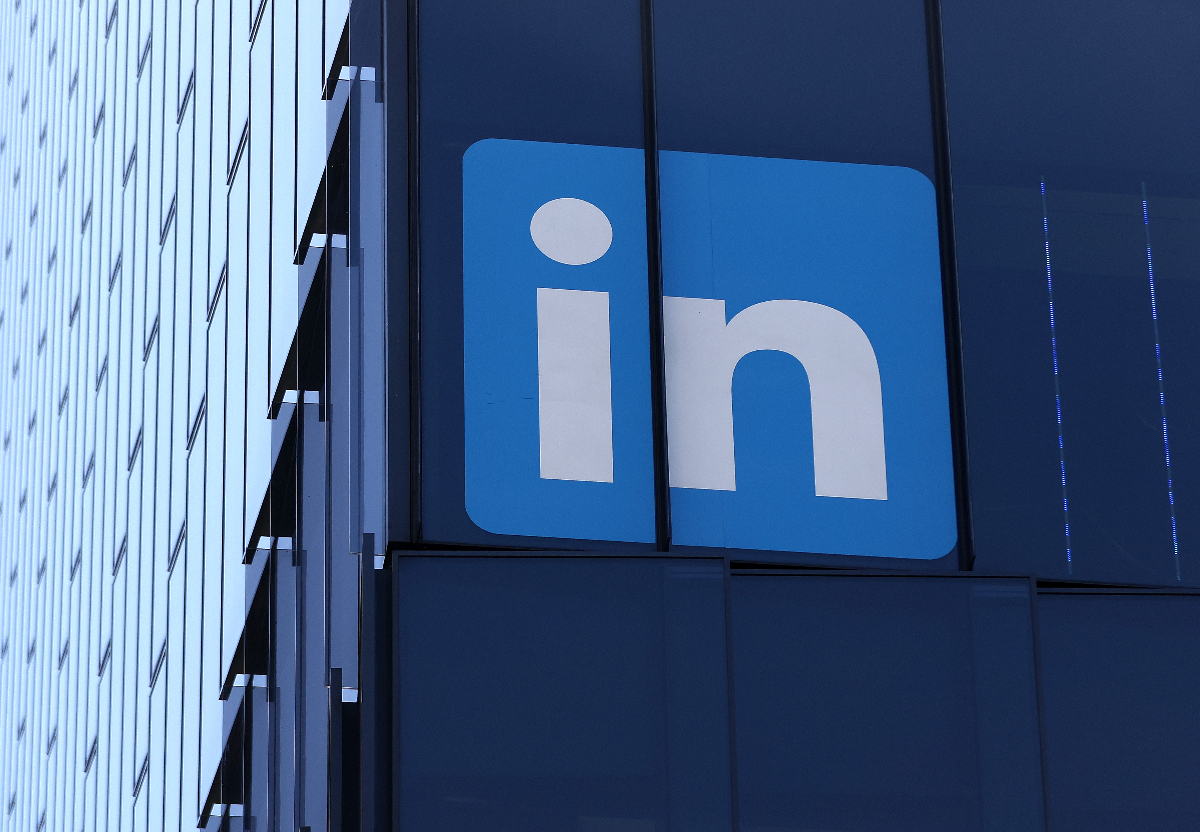Ever since Elon Musk took over Twitter in the fall of 2022, the market for Twitter alternatives has been flooded with competitors, including startups, open-source apps, and well-funded projects like Threads from Instagram. However, one less-known alternative to Twitter, LinkedIn, has quietly been gaining traction. As of March, LinkedIn’s web traffic has seen a 10.6% year-over-year increase, while Twitter’s traffic declined by 15.2%, according to data from digital intelligence platform SimilarWeb.
Comparing November 2022 to March 2023, X’s web traffic has dropped by 10%, while LinkedIn’s has grown by 18%.
In March, Twitter/X had 727.6 million unique visitors worldwide, showing a 7.5% year-over-year decline. In contrast, LinkedIn had 269.2 million visitors, marking an 11.1% year-over-year increase, as reported by SimilarWeb.
Furthermore, worldwide Android app usage of LinkedIn has surged by 14% since November 2022, while X has seen a 20% decline.
Although Appfigures data shows a different trend on mobile, with LinkedIn’s monthly downloads up by 10% and X’s down by 24%, the decline in X’s downloads is attributed to the rebranding of Twitter to X. LinkedIn’s download numbers have remained consistent, according to the firm.
With professionals spending their days on desktops and laptops, it’s understandable that some users have shifted their web usage from X to LinkedIn following Twitter’s transition.
LinkedIn is introducing features like games and short-form videos, signaling Microsoft’s intention to attract former Twitter users, especially the younger Gen Z demographic.
Appfigures also highlights that LinkedIn’s mobile app is surpassing X and Snapchat combined on both iOS and Android platforms.
LinkedIn’s higher-priced subscriptions, starting at $29.99/month, have helped boost its revenue, compared to X and Snapchat. Despite this, LinkedIn’s mobile app revenue has seen substantial growth, reaching $119 million in Q1 2024, outperforming X and Snapchat.
Image Credits: Appfigures


